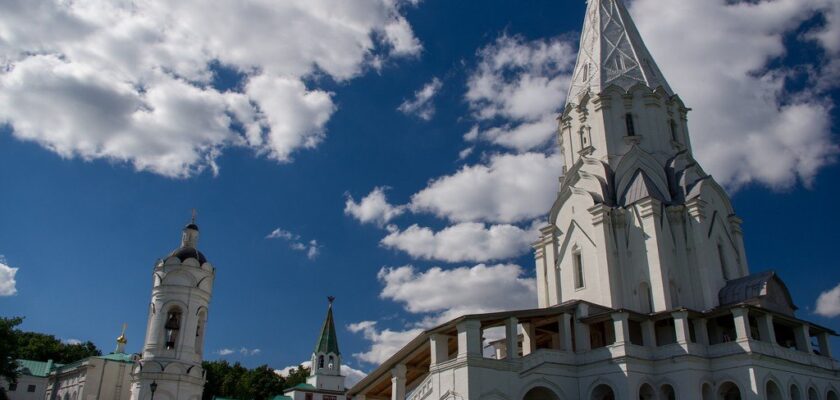Kolomenskoye Museum-Reserve
Kolomenskoye is one of the oldest places of human habitation on the territory of modern Moscow. Archaeologists have found in the vicinity of Kolomenskoye numerous traces of ancient settlements that existed here in the times of Ancient Rome.
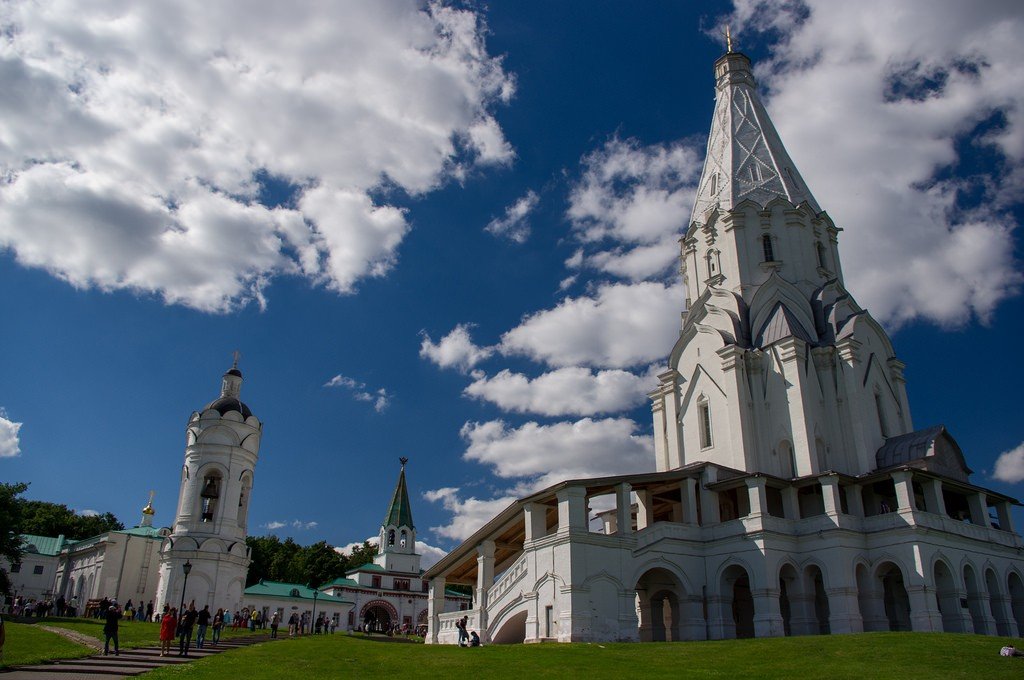
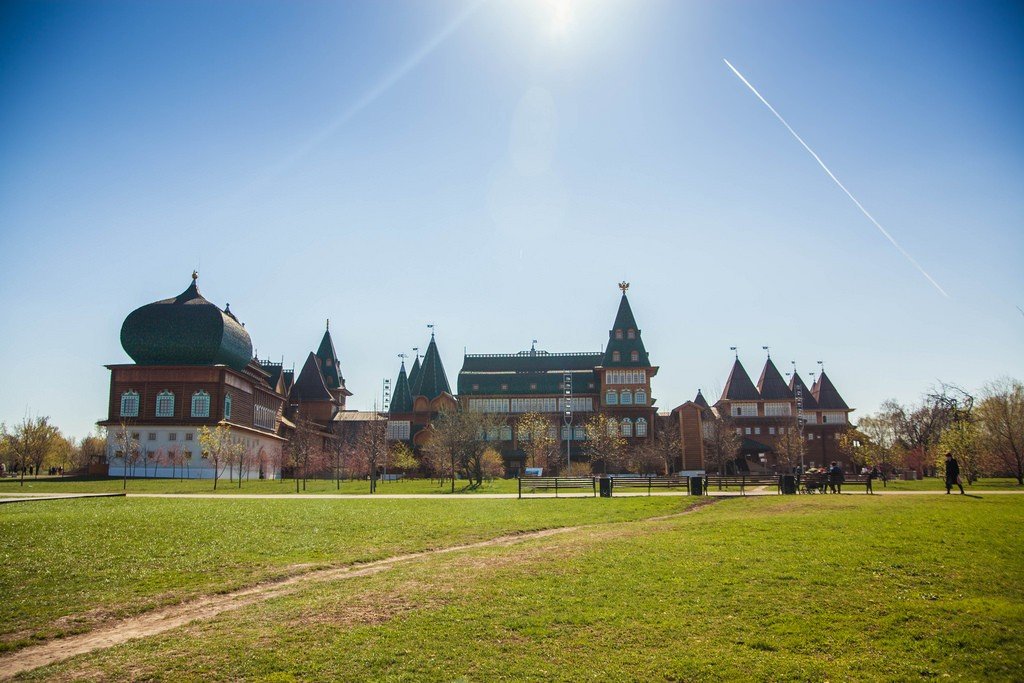
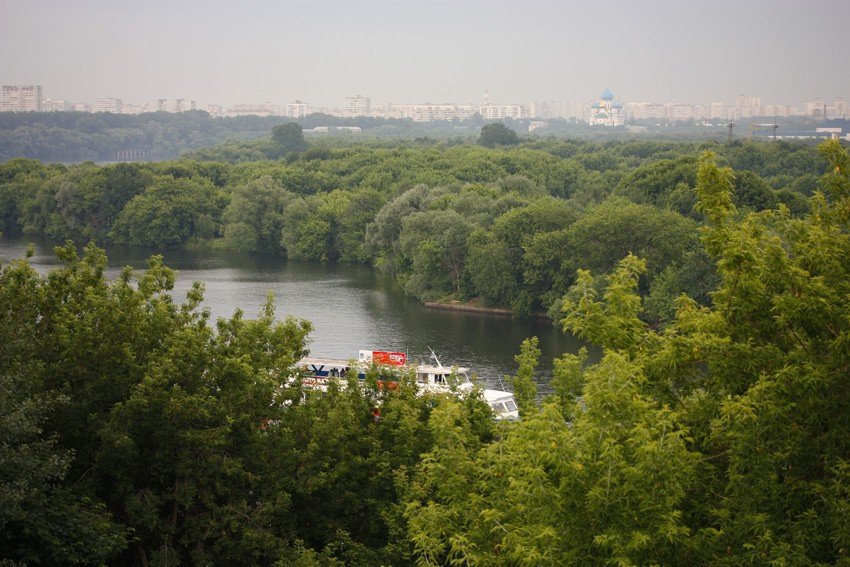
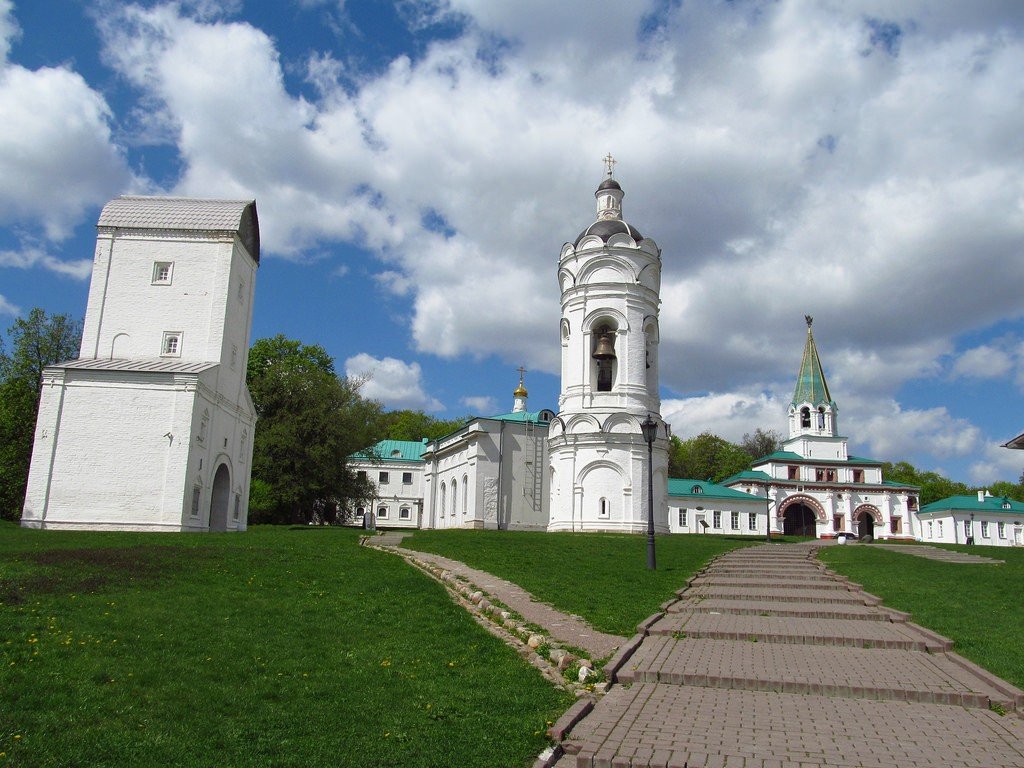
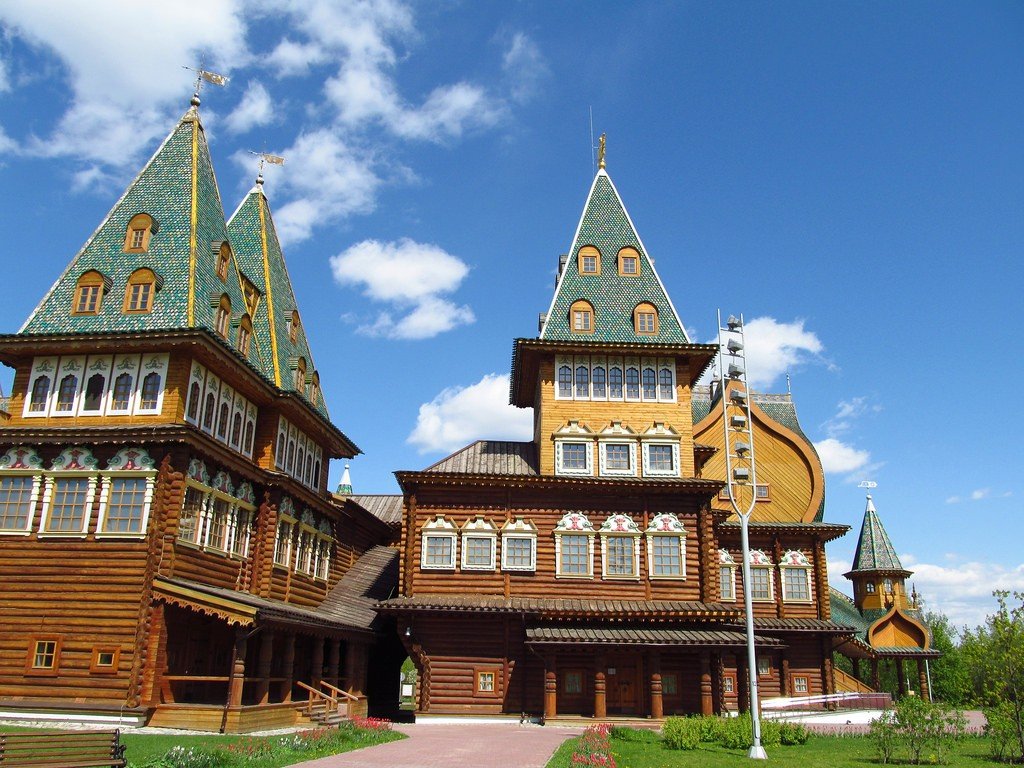
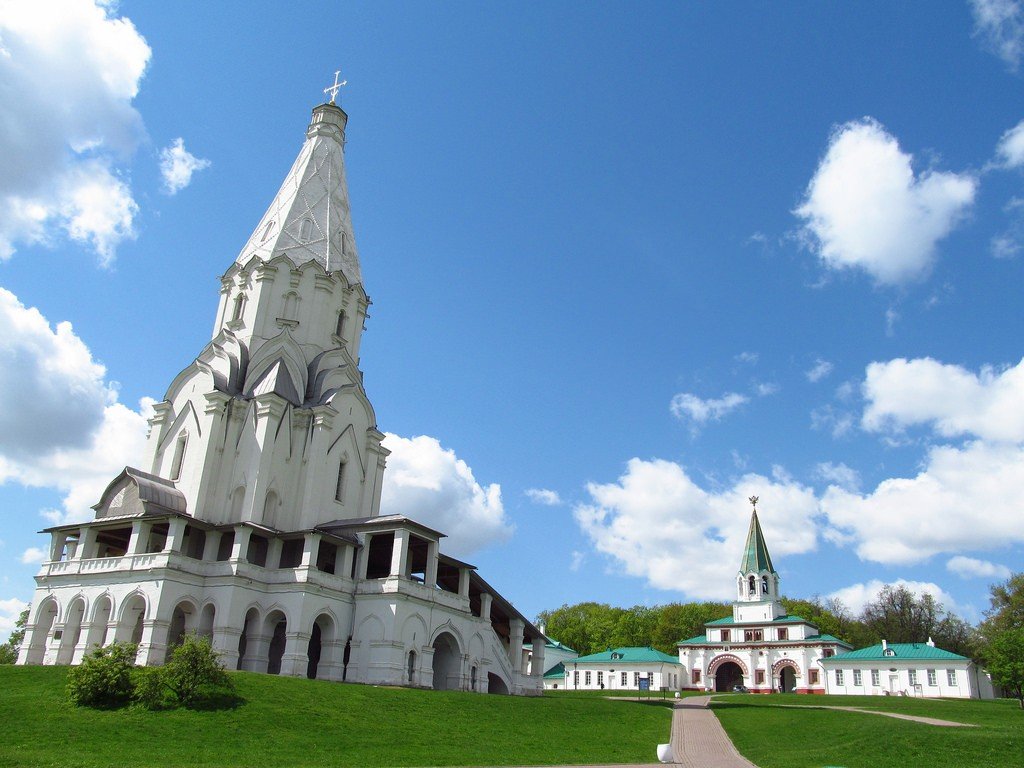
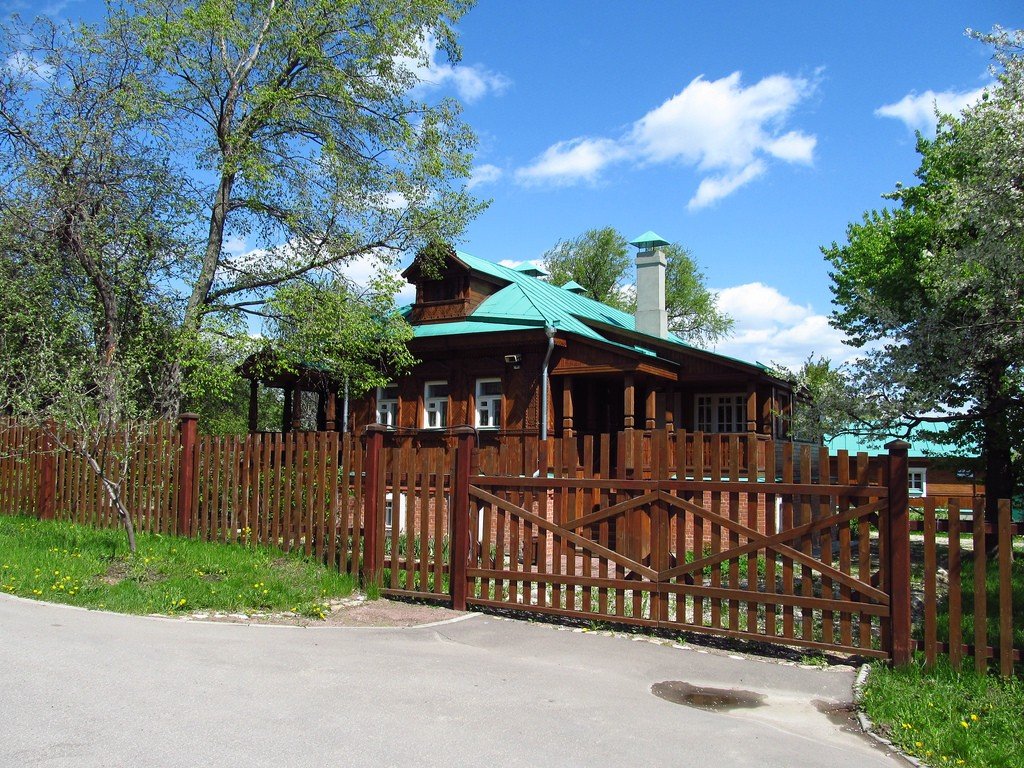
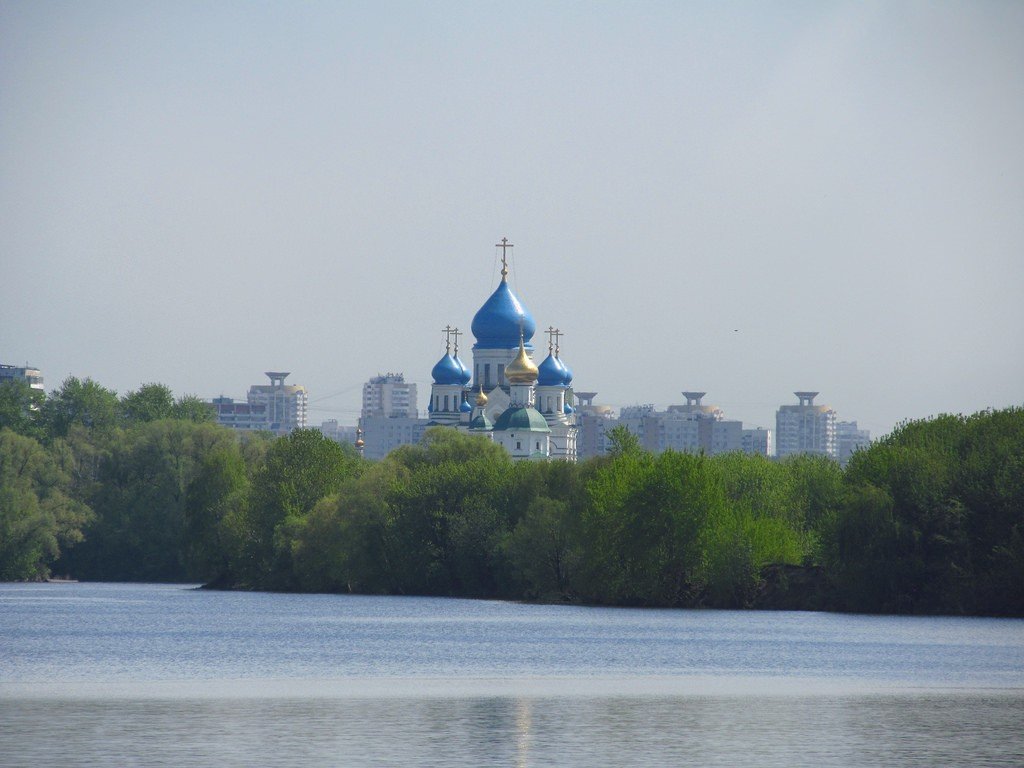
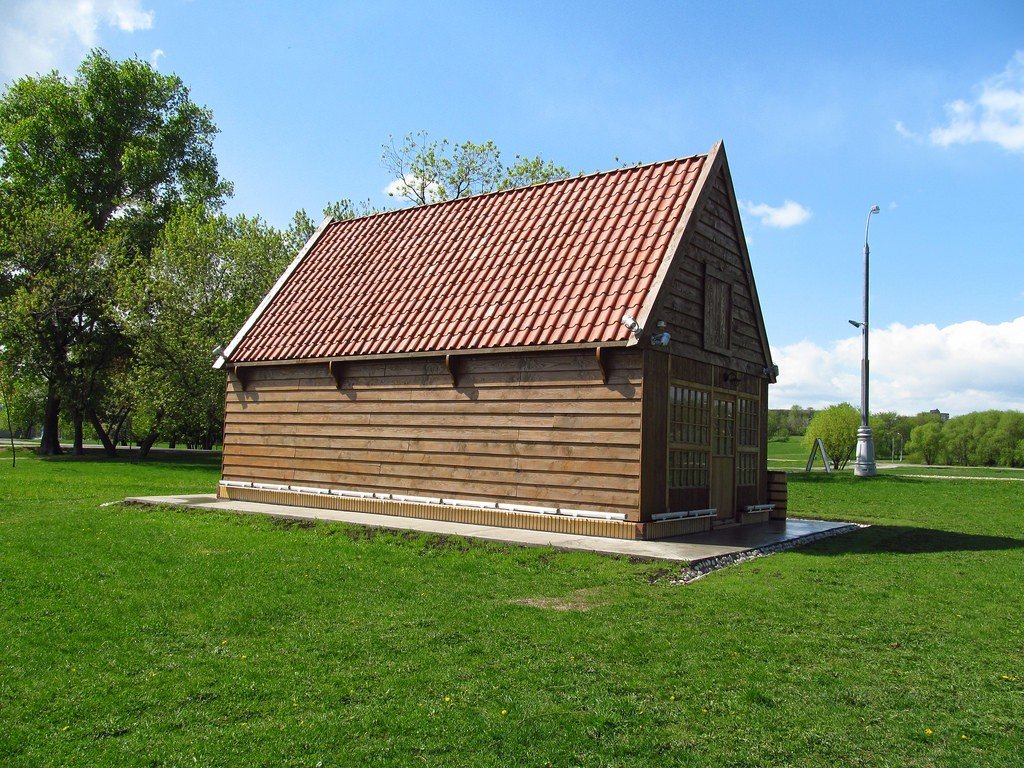
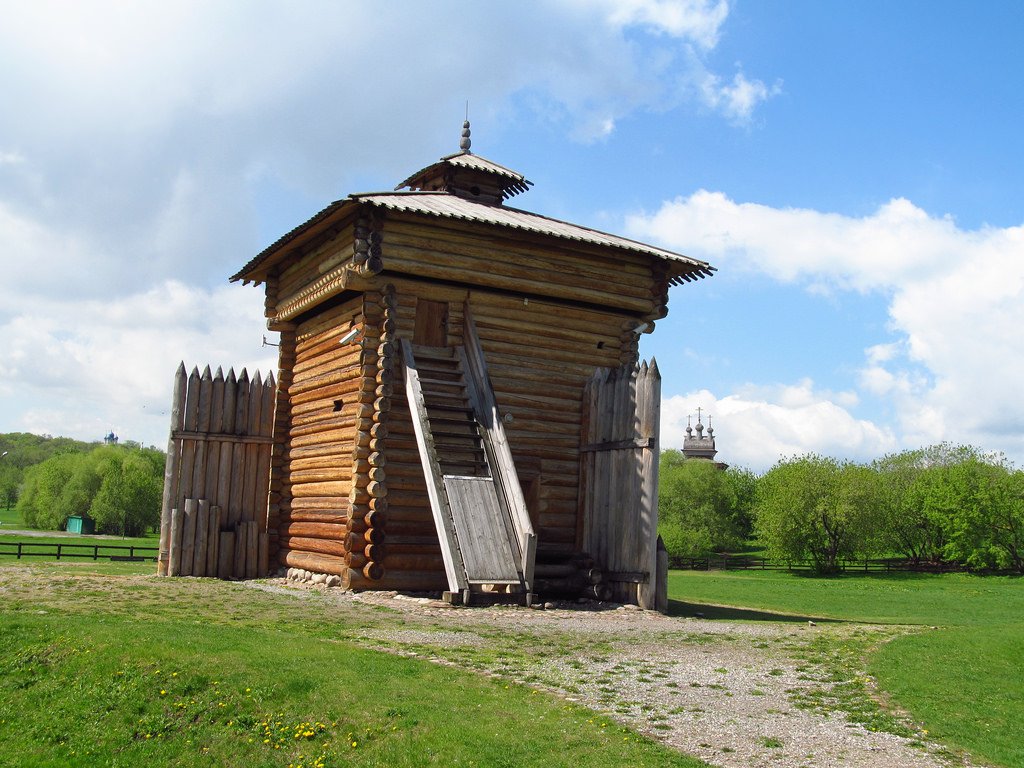
General information
For a long time Kolomenskoye was the fiefdom of Moscow’s great princes, and then of the tsars. It is here that the oldest trees in Moscow grow – 400-year-old (or maybe even 700-year-old) oaks near the Friazhsky cellar. Today it is a beautiful museum-reserve, a place of pilgrimage for brides and photographers.
.
On the territory of the museum until the early 80s of the XX century was the village of Kolomenskoye, which was inhabited by local residents who, according to oral tradition, were descended from the courtiers of Tsar Alexei Mikhailovich. Their houses were built of thick logs, and some of them were more than 300 years old. These buildings were protected by the state. However, after the eviction of the villagers from the territory of the museum-reserve, after some time the houses fell into disrepair, partially burned and were dismantled.
.
From the name of the village of Kolomenskoye in the Russian language originated the expression “Kolomenskaya versta”. In the XVII century, on the road between Moscow and the royal residence in Kolomenskoye, the first verst poles in the country were installed, which were very narrow and high. The road was called the pillar road, and “Kolomenskoye versta” has since been called very tall and skinny people.
.
Tsar Vasily III had no children for a long time. Finally, in the 23rd year of his reign, a son was born – Ivan the Terrible. The Church of the Ascension was built on a vow in his honor in the XVI century. According to one version, Patriarch Nikon then banned the construction of tent temples, so that never again repeated in Russia such a miracle. Incredibly, even the Soviet leaders liked the church, but it was especially loved by cosmonauts – from afar it resembles a rocket. During the years of construction it was one of the tallest buildings near Moscow. Decadent moods were strong in Russia, as seven thousand years had passed since the creation of the world and everyone expected the end of the world soon. The idea of the temple echoes the idea of the Last Judgment. But also Moscow was considered to be the Third Rome. It was believed that the Church of the Ascension was the place where Jesus Christ could descend. The royal place was specially prepared for the Lord of Heaven instead of the Lord of Earth. The royal place here faces the altar, which no earthly ruler can afford. An icon of the Mother of God of Power was accidentally discovered here on the same day that Emperor Nicholas II abdicated.
.The wooden Alexander Pavilion with a Doric portico, built by the sensitive emperor, was conceived as a tea house and home theater. A pearl of Empire style. But at the time of Emperor Nicholas it housed the hospital of the Cadet Corps. Then workers of the Kolomna hospital lived here. After the Revolution, the house was given first to Glavnauka, then to the Moscow Union of Artists. Before the Great Patriotic War here was a restaurant “Kolomenskoye”. During the war there was a hospital here, and the building was badly damaged. At the beginning of the XXI century, without dismantling the house, they put a new foundation under it. Today exhibitions and concerts are held here. Restorers are especially proud of the figures of lionesses on the porch.
.The wooden house of Peter the Great from the Northern Dvina was moved to Kolomenskoye already in Soviet times. The first director of the reserve, architect Peter Baranovsky, put forward the idea of creating an open-air museum. Then the monuments of wooden architecture began to be brought to Kolomenskoye. They were dismantled by logs and reassembled right on the spot in pristine condition. Among them were the Holy Gates of the Nikolo-Karelian Monastery, the Brotherhood Tower from Siberia. Peter’s House was built by Dutch shipwrights. The museum recreates the atmosphere of the early 18th century, which was at the time of Peter. Dining room, dressing room, bedchamber, study, closet – Peter did not need much for convenience. The fate of Peter the Great is closely connected with Kolomenskoye in general: here he ran as a boy, here he conducted exercises of his amusement regiments – here the prototype of the Russian standing army was gathered. Here Peter built the Nameless Town – a fortress surrounded by ramparts, with towers and wolf pits. At that time Peter’s amusement ship sailed on the Moscow River. After the capture of Azov and after the Poltava victory, he came to Kolomenskoye.
.Now the park regularly hosts a kite festival (in early May), an exhibition of sand sculptures (throughout the summer), a festival of tea and coffee (in early June), Afisha magazine picnic (in early August). In the warm season in the park you can paraglide, ride in a horse-drawn cart or on a boat.
.Kolomenskoye has a large number of unique churches, and each of them has its own history. For example, the Church of the Mother of God of Kazan in Kolomenskoye has underground passages. In the caches under the Church of the Beheading of St. John the Baptist, if legend has it, the Library of Ivan the Terrible is kept. The Church of the Ascension was granted the status of a UNESCO World Heritage Site in 1994.
.The most legendary place of Kolomensky Park is Golosov brook. The water temperature in the brook is the same all year round – plus 4 degrees, it does not freeze even in severe frosts. One of the largest faults of the Russian Platform, on which Moscow stands, passes just under the Golosov ravine. Not only legends, but also old newspapers tell us that people who traveled through time were seen in this place – an army of Tartars, two peasants, shaggy men of enormous stature. There are still two giant stones in the ravine. The surface of the stones resemble huge bubbles and are mottled with numerous writings. One is called “Goose”, the other “Maiden”. It is believed that they fulfill wishes: the first one for men, the second one for women. To be sure, you can tie a ribbon or colored patchwork on the branches of a nearby tree.
.Visitors
- Address: 39 Andropova Avenue
- Metro: Kolomenskaya
- Website: www.mgomz.ru
- Opening hours: April-October 7.00-22.00, November-March 21.00. The museums’ exhibits are open daily from 10.00-18.00, except Mondays.
- Entrance to the park: free
